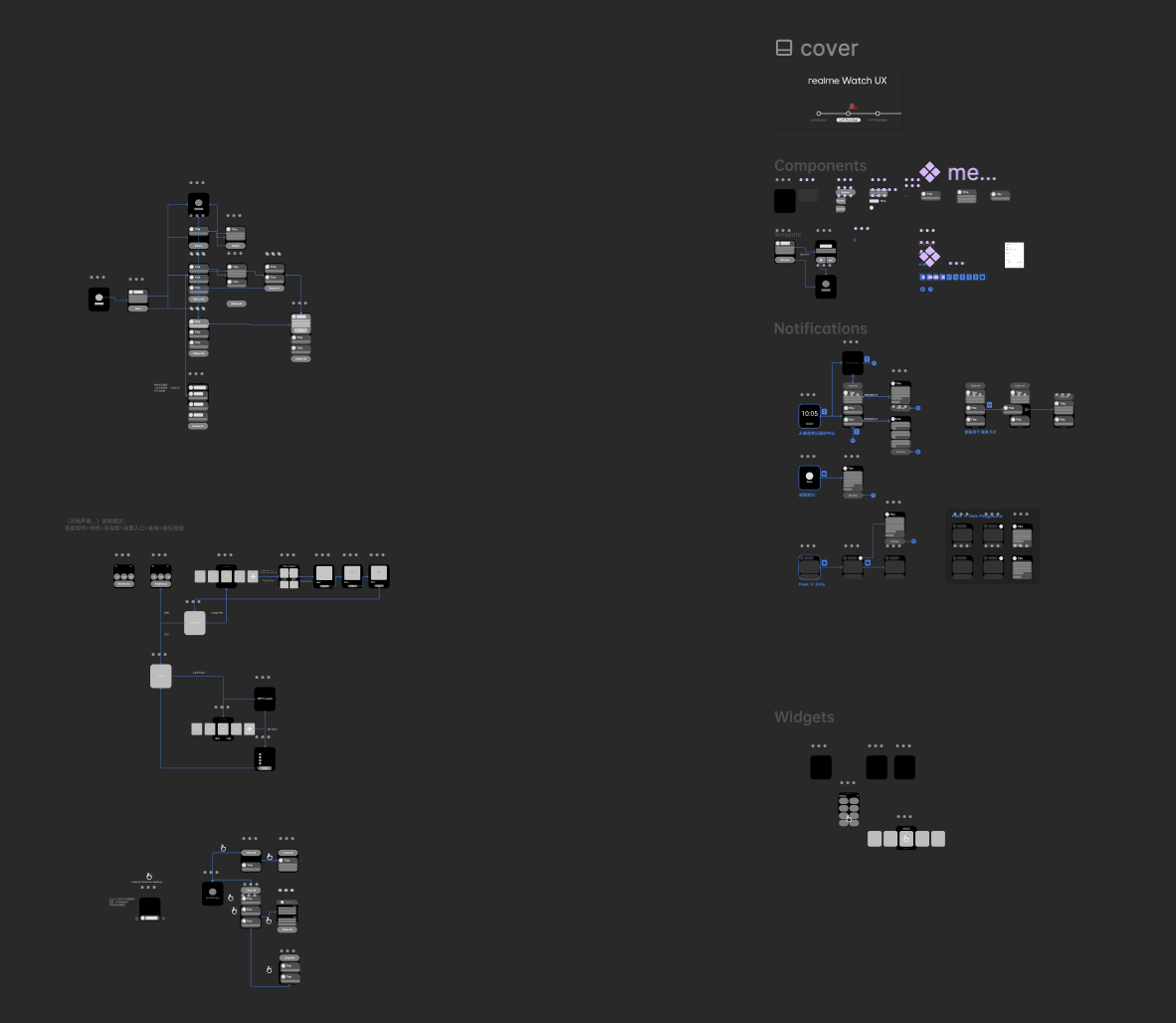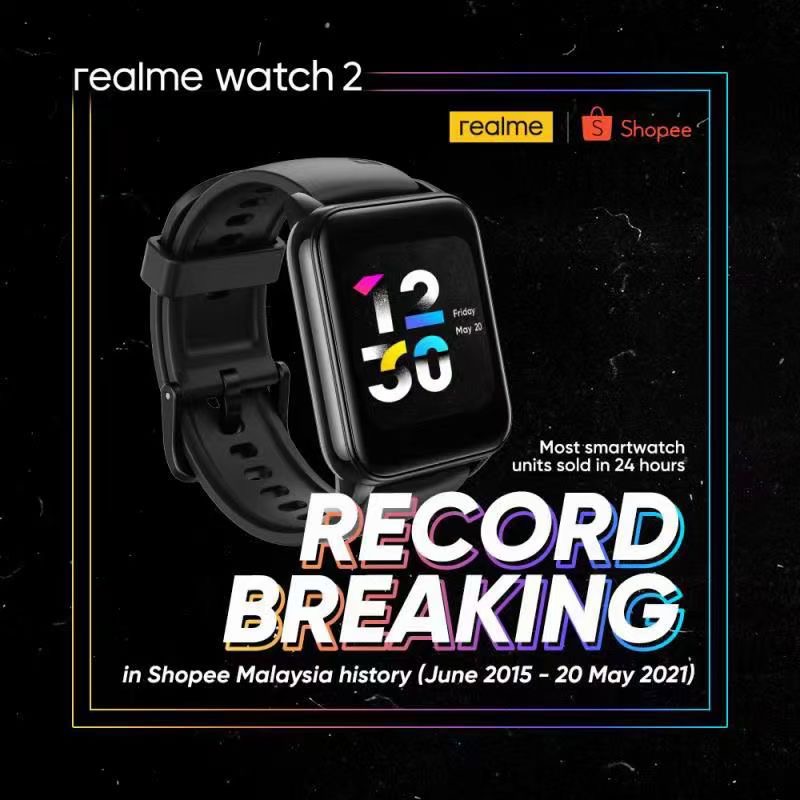The
realme WatchOS is a custom operating system developed specifically for Realme's range of smart wearables. This OS ensures integration with the wearer's smartphone through
realme Link app, enabling functionalities like notifications, music control, and camera control.
Design Process
.png)
Research
Heuristics Evaluation
Task Analysis
In-depth Interview
Affinity Diagrams
.png)
Ideate
Funtion Priority

Evaluate
Retrospective
Explorations
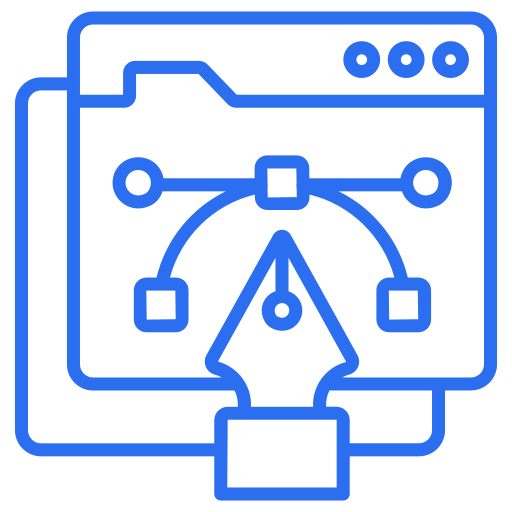
Design
Design System
Low Fidelity Prototype
What does success look like?
North Star Design Principles
ColorOS, a operating system developed by OPPO, is built on top of the Android OS. As a subsidiaryof OPPO, realme WatchOS follows its design philosophy :
「 Borderless Design 」
which has 3 key guides:
Efficiency
focus on the essentials, creatively address problems, and keep a long-term perspective
Concentration
clear information hierarchy and contrast to guide users' attention to key information
Humanity
never go against human nature
What're the problems in realme WatchOS?
The Structure
Before we began analyzing the issues within the system, we first mapped out its structure, identifying which features were included and the interactions that triggered them.
.png)
Heuristics Evaluation
From the beginning, we wanted to gain a broad understanding of all the exsiting issues within the OS, so we inspected the interfaces and interactions through heuristic evaluation.
We together figured out and evaluated the severity of more than 20 existing problems according to the 10 usability heuristics for user interface design.
.png)
Evaluation Takeaways
Some problems can be fixed easily through an OTA update, while others are complicated based on the main interactions in the operating system.
Unrecorgnizable Interactions
Users can't easily understand how to interact with the system because the actions are not intuitive.
Unclear system status
No visual feedback of what's happening, or clear indications of users' position in the system.
Lack of user control
Users cannot easily reverse commands or navigate through the system.
Make interactions more intuitive
Task Analysis
After identifying existing issues through heuristic evaluation, we chose task analysis to have a more objective test result.
We gave 26 participants different tasks, observed their interactions and used TAP(think aloud protocols), gaining insights into their thinking processes and the specific challenges encountered.
31.82%
The success rate of participants' first try is only 31.82%, with 42.31% discovering shortcuts within three attempts.
55.56%
About half of the users swiped up at first as an intuitive action, and then followed sliding down.
26.92%
When the participants saw a customizable multifunctional watch face, they would first look carefully at the watch face and find the shortcuts.
Task Analysis Insights
more intuitive interaction
The relatively low success rate indicated that the interaction needed improvement.
slide up
Features used frequently in the watchOS should be below the watch face.
watch face
More customizable watch faces* should be designed and developed to provide users with shortcuts for interaction.
* At that time, there's only one customizable watch face on realme watches.
Measure the frequeny and importance
In-depth Interview
While we have identified issues in realme watchOS and received hints for some solutions, we still lack a clear roadmap.
Therefore, we conducted interviews with 8 watch users to figure out the high-frequency interactions and user scenarios.
" I have customized watch faces that includes the data I care about and commonly used features, so I only check the watch face. "
" I hardly ever check the feature list on the watch. Almost all functions I need would pop up themselves, such as new messages, starting a workout, and so on. "
Affinity Diagrams
The results of the interview are very insightful. We then used affinity diagrams to analyze and summarize the recording in miro.
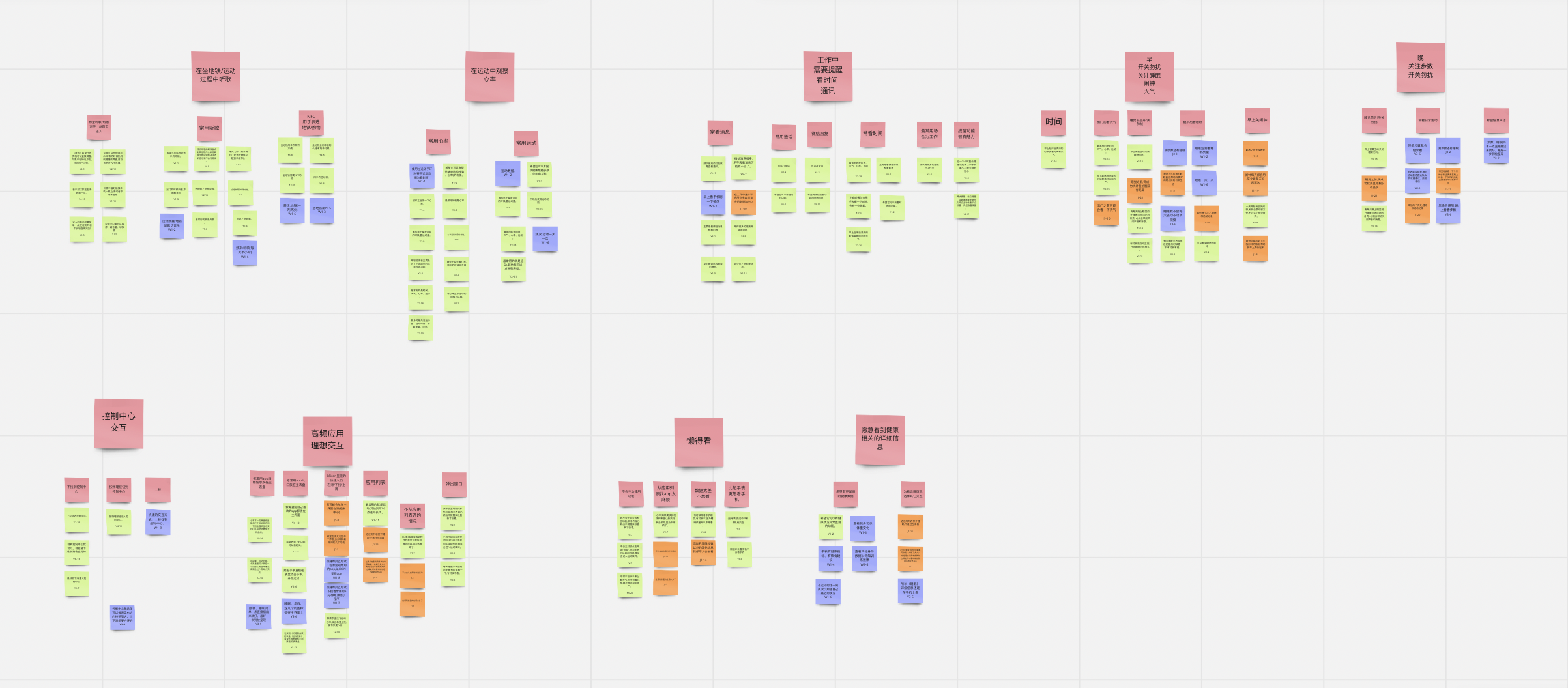
User Scenarios
We digged deeper into users' habits and found the main scenarios, which helped us to prioritize the features.
After waking up
check sleep quality and weather
During work
check information and time
During sports
record exercise and listen to music
check steps and exercise data
Before sleeping
Be familiar and more user-friendly.
Design System
Compared to the previous design, the information density is reduced to be more suitable for display on small screens like wearable devices.
.png)
Notification
We redesigned the message card, in which the app name was removed and the logo and sender/title were kept.
Messages from the same sender will be presented in a stack.
Those designs fit the limited screen of smartwatches because it only showed important information.
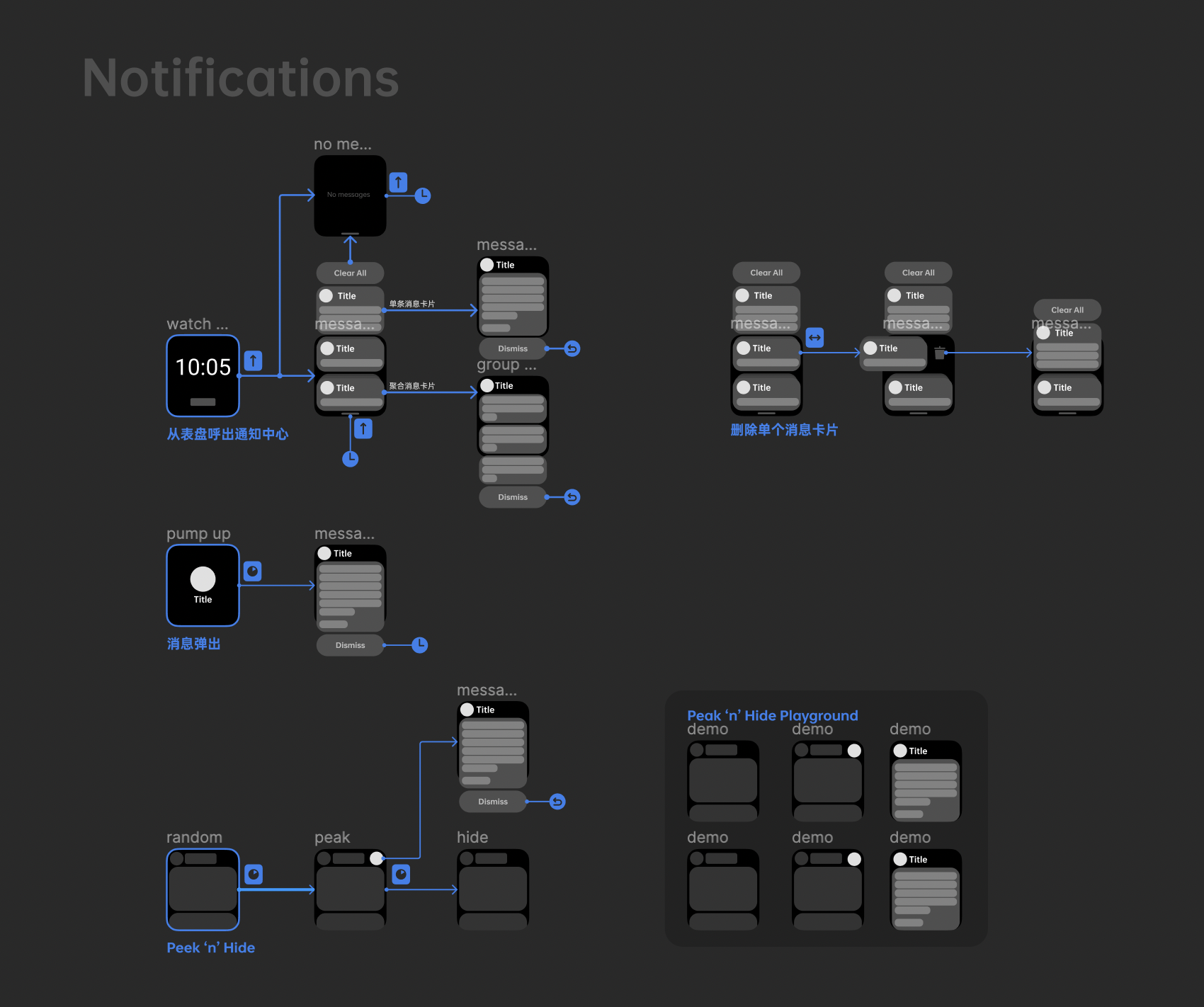
Other Exploration
Unfortunately, in May 2021, the entire realme product design and planning center was restructured. As this project was very time-consuming, it was held after that.
Ended but with far-reaching impact.
Impact
Watch Face
Based on our interviews about users' habits with their watches, realme launched more watch faces with customizable features.
Evaluation takeaways
Most of the UI issues identified in the heuristic evaluation have been resolved in products realeased later.
Retrospective
Design based on physical screens
We should always consider the scenarios in which users use different devices, and use them as the foundation of the user experience design.
Minimalism in OS
The design of a operating system requires careful design research and strict adherence to a design syste. Changes should not be made arbitrarily unless necessary.
Use the resources
I made effective use of the learning resources provided by the company's platform to systematically learn about user research and design methods.
This internship is an amazing opportunity for my to do such a detailed research. I also developed interest in IoT products.
All the people I met there are so nice and intelligent. I will alway miss working with this team.
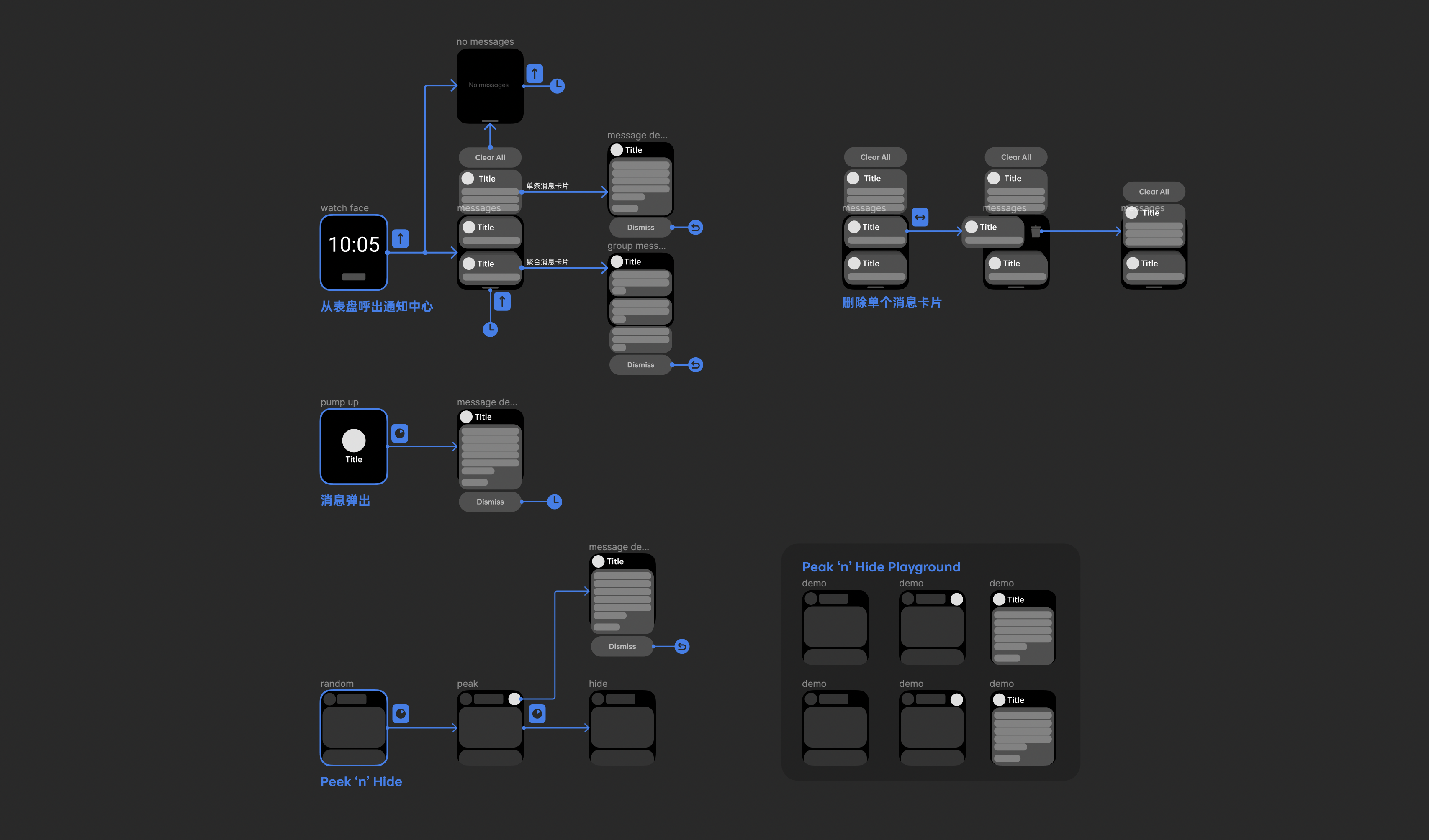
.png)
.png)



.png)
.png)
.png)
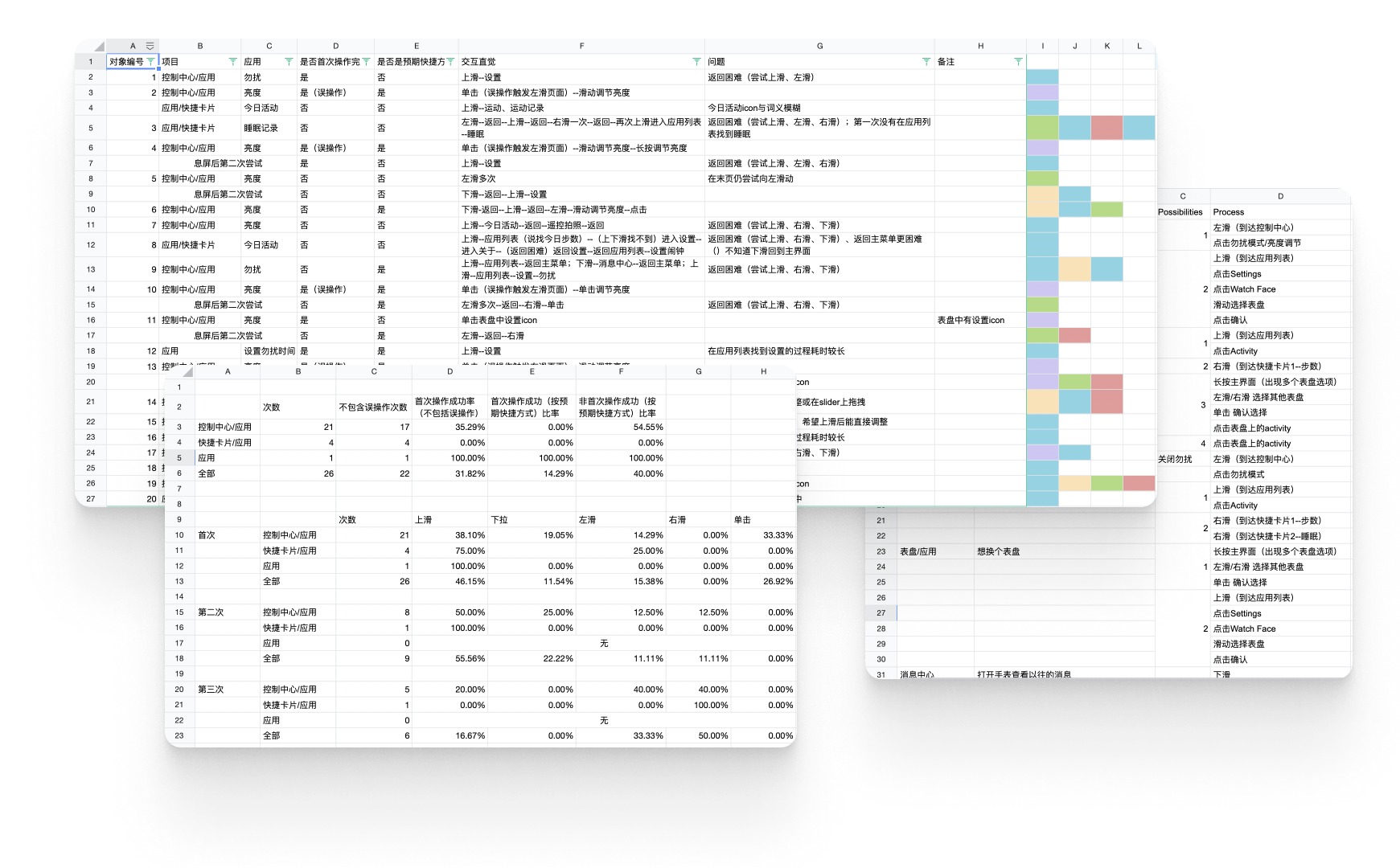
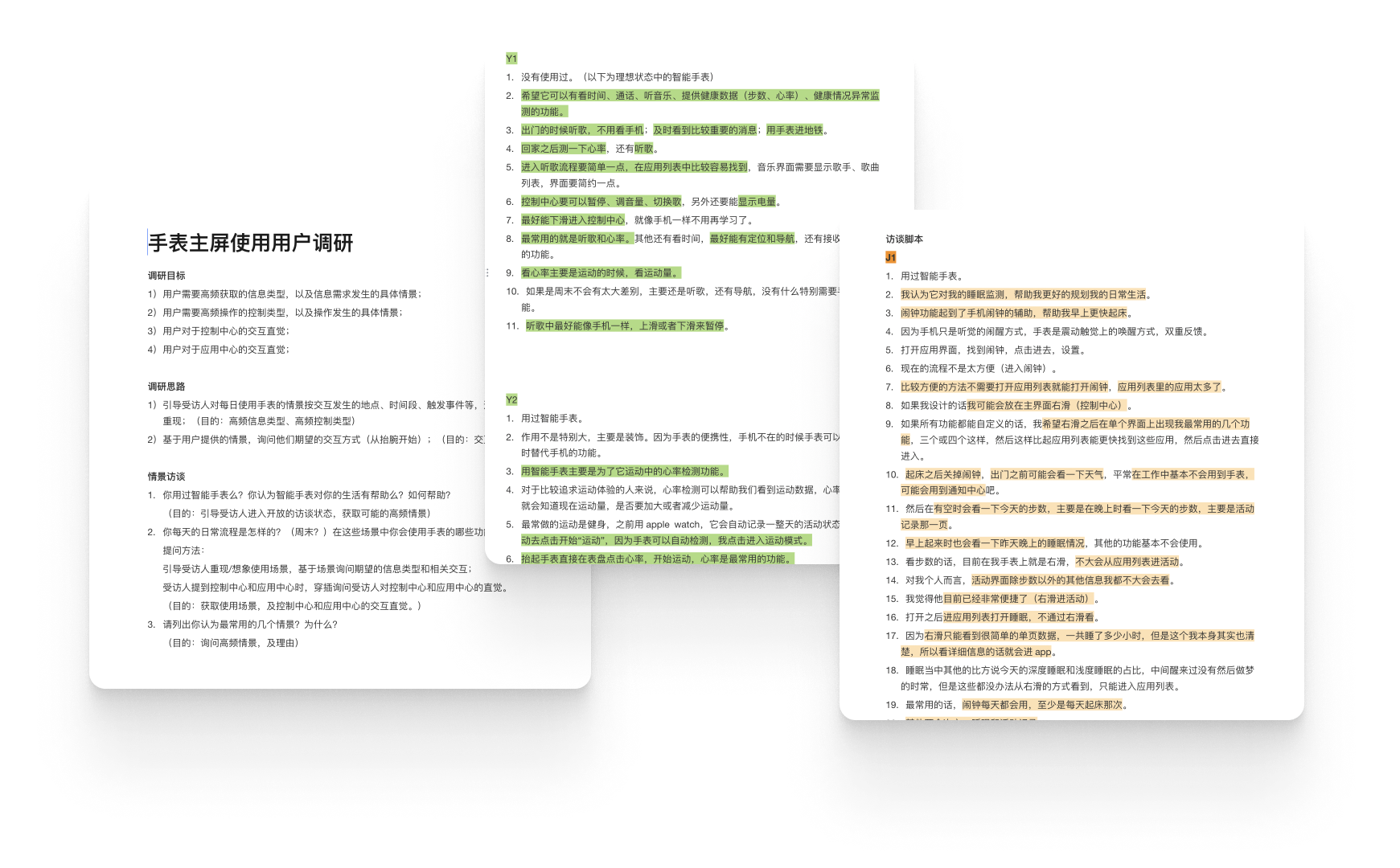

.png)

